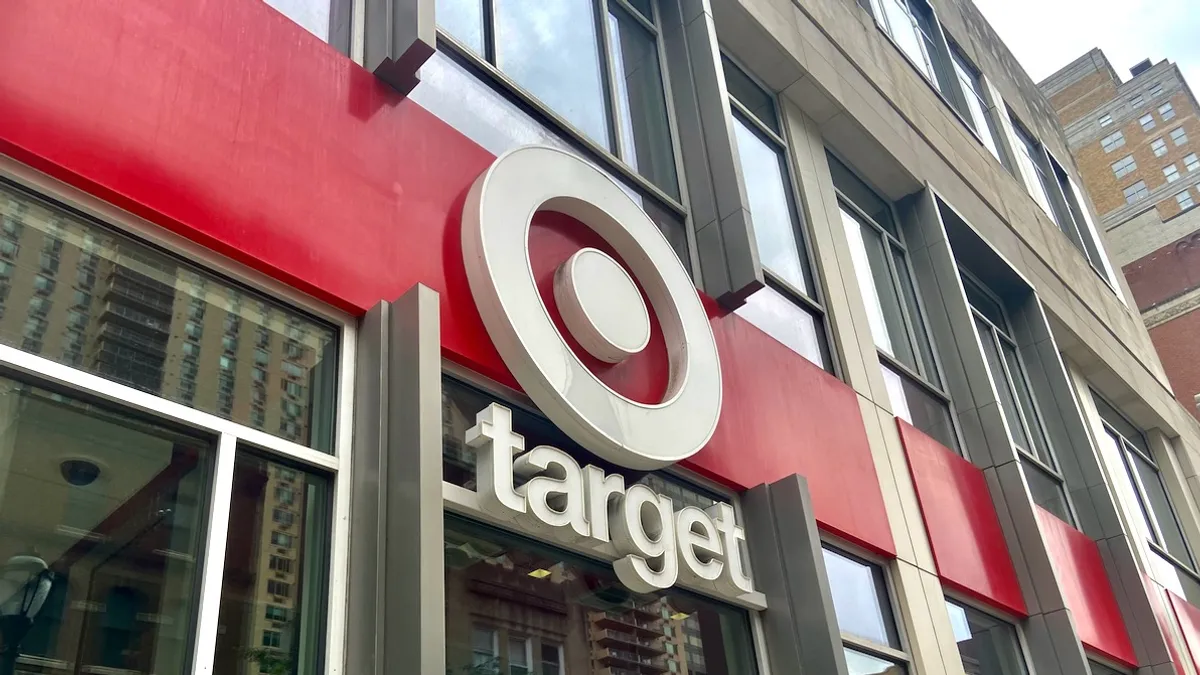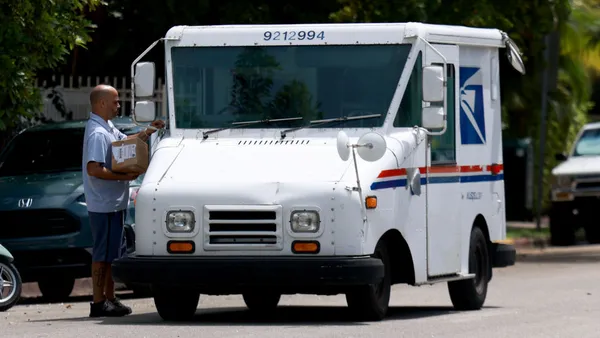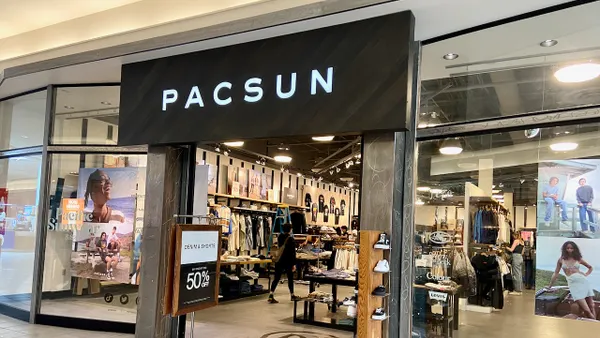Dive Brief:
- Target endured higher than expected supply chain costs in Q3, partially contributing to its disappointing financial performance during the quarter, Chair and CEO Brian Cornell said on a Nov. 20 earnings call.
- The big box retailer experienced 90 basis points of pressure from digital fulfillment and supply chain expenses in the quarter, leading to a 20-basis point reduction in gross margin rate year over year, CFO Jim Lee told analysts.
- “While we weren't pleased with this cost pressure, we are confident we took the right steps to safeguard our reliability as our team's decisive actions protected Q3 in stocks while supporting our Q4 merchandising plans,” Cornell said.
Dive Insight:
Target said it faced unique challenges in its supply chain due to the strike at East Coast and Gulf Coast ports in October, as well as volatility in receipt timing at some ports in Asia, executives told analysts during the earnings call.
The retailer was proactive in mitigating the impact of a three-day strike from the International Longshoremen’s Association by routing select shipments to West Coast ports ahead of the busy holiday season, COO Michael Fiddelke said on the call. But the strategy “came at a cost” as the company reported a 3% YoY increase in inventory during the quarter.
“Thankfully, the strike was short-lived,” Fiddelke added. “We'll continue to watch the situation closely in the lead up to continued negotiations in January.”
The impact of Hurricane Helene and Hurricane Milton also added turbulence to the retailer’s operations.
In the case of the storms, Target closed some supply chain facilities in the affected regions ahead of time but reopened them within 24 hours, per Fiddelke.
Despite softer Q3 sales, there were some bright spots. The retailer cut its average shipping time across its network by a day compared to last year in Q3 thanks to its growing sortation center network, Fiddelke.
“We've also implemented changes to reduce split shipments, driving an increase in units fulfilled per package, eliminating a source of friction for our guests and reducing last-mile delivery costs as well,” Fiddelke said.
Target’s 11 sortation centers — a centerpiece of its holiday fulfillment strategy — handled 25% more packages year over year during Q3.
“Altogether, our sortation centers have saved the company tens of millions of dollars in last-mile delivery costs so far this year when compared to other fulfillment options,” Fiddelke said.















